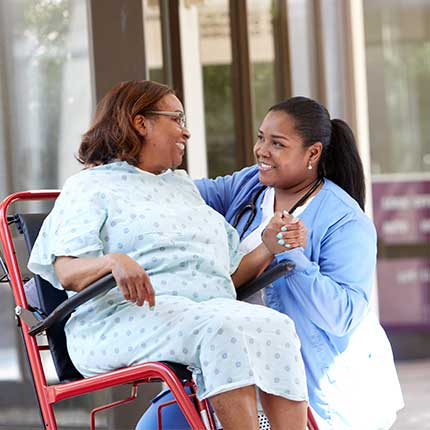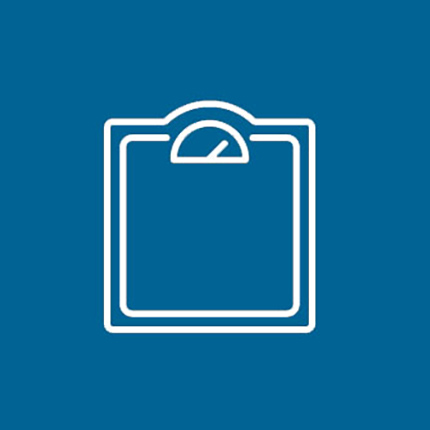Healthy Living
How to Have a Poison-Safe Home
When you think of poisons, the first things that come to mind may be antifreeze and pesticides. But there are many more products lurking in your bathroom cabinet, hiding under your kitchen sink or lying in wait on your garage shelf that can cause harm if used improperly by the wrong person or in the incorrect amount.
Poisons can be inhaled, swallowed or enter the body through the eyes, ears or skin. They range from seemingly innocuous items such as diaper rash ointment and perfume, to corrosive oven cleaners and gasoline. Start by reading labels to keep you and your family safe while surrounded by products and substances that can potentially cause harm.
Reading the label tells you how to use the product safely and effectively, as well as how to store it properly. Labels also may have first aid instructions and phone numbers to call for help or additional information. Other ways to make your home a poison-safe zone include:
- Leaving products in original containers and never transferring substances to food or beverage containers.
- Keeping all harmful household cleaners, medications, paints or pesticides in cabinets or drawers that have either a lock or safety latch.
- Not mixing household products together.
- Buying products that have child-resistant packaging.
- Not referring to medicines or vitamins as “candy” or other names that appeal to children.
- Storing food and cleaners in separate cabinets or rooms.
- Wearing protective clothing, such as gloves, long sleeves or shoes, when spraying pesticides or other chemicals.
- Buying only what is necessary and properly disposing of unused product.
- Never pouring substances down a storm drain or where it could run into water supplies and contaminate drinking water.
- Opening the window and turning on a fan when using harmful products inside.
- Placing carbon monoxide detectors in the home.
The most common poisons for children include:
- Cosmetics
- Cleaning products such as laundry detergent or floor cleaners
- Personal care products such as deodorant and soap
- Pain or other medications
- Topical preparations, i.e., calamine lotion, diaper rash ointment or fingernail products
- Pesticides
- Plants
- Button batteries
For adults, potentially hazardous items include
- Sedatives
- Antidepressants
- Cardiovascular drugs
- Alcohols
- Household cleaners
- Pesticides
- Pain or other prescription medications
Pets also may be susceptible to poisoning through:
- Coffee grounds
- Chocolate
- Xylitol sweetener (sugar-free)
- Grapes and raisins
- Onions and garlic
- Toothpaste
- Medicines
- Mothballs
- Insecticides and rat/mouse poison
- Certain plants, i.e., sago palms and azaleas
What to do in case of suspected poisoning:
- If the person has collapsed, is having seizures or convulsions or not breathing – call 9-1-1.
- If alert and awake, have them spit out any remaining poison. Do not induce vomiting or use syrup of ipecac. Poison that burns on the way down will also damage coming up.
- If poison has come in contact with the skin, remove clothing and rinse with lukewarm water.
- Flush poison in the eye with room temperature water.
- Go outside immediately if poisonous fumes are inhaled.
For quick answers about poisons, call the National Poison Control Center at 800-222-1222, or text POISON to 484848.



